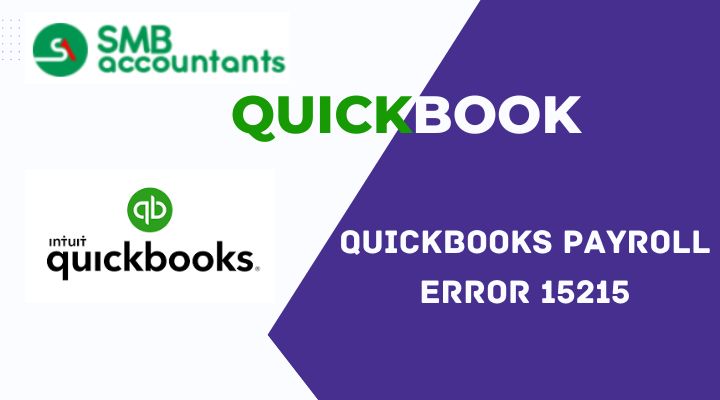The world of childhood learning has evolved drastically. Gone are the days when kids had to depend solely on hardcover books and library visits. In today’s digitally connected age, introducing a digital library for children opens up new horizons of reading, creativity, and knowledge, all at their fingertips.
Unlocking the Joy of Reading Early
One of the most important habits parents can instill in children is the love for reading. But physical books aren’t always accessible, especially in remote areas or for busy families. A digital library provides instant access to thousands of books across genres, languages, and reading levels. From fairy tales to science fiction, everything is just a tap away.
By presenting stories in interactive formats, complete with narration, animation, and audio features, a digital library can spark curiosity and help children fall in love with stories from an early age.
Convenience That Grows with Your Child
A digital library grows with your child’s abilities. Whether your child is a toddler just learning phonics or a middle-schooler devouring fantasy novels, content can be adjusted to suit age, skill, and interest.
Instead of managing stacks of physical books, a parent can easily track reading progress, adjust difficulty levels, and even switch to audiobooks for non-readers. The convenience this brings to both parents and kids is one of the strongest arguments in favour of making the switch.
Reading Becomes an Adventure, Not a Chore
Unlike traditional libraries, where the environment can sometimes feel formal or intimidating to young readers, digital libraries are designed to be fun. Gamified rewards, vibrant visuals, and interactive pages turn reading into an exciting experience.
This engagement helps children associate books with enjoyment rather than obligation, laying the foundation for lifelong readers.
Accessible Anytime, Anywhere
Whether you’re on a family vacation or stuck in traffic, a digital library gives you the freedom to keep your child engaged and learning. Parents can download books for offline reading, eliminating the need to carry multiple paperbacks.
Moreover, children who move frequently due to their parents’ jobs or those in homeschooling environments find digital libraries especially beneficial. They offer a stable learning resource that follows them everywhere.
Encouraging Independent Learning
Kids love doing things on their own, and a digital library empowers them to make choices. With parental controls in place, children can select the books they want to read, explore topics that interest them, and develop decision-making skills, all within a safe digital environment.
This independent exploration is key to building confidence and self-motivation, particularly in early learners.
A Support System for Busy Parents
Modern parenting often juggles work, house responsibilities, and limited time. A digital library can help bridge the gap between intention and action. Even when parents are occupied, children can continue exploring and reading on their own.
Additionally, many digital libraries offer read-aloud features or language translations, which are especially helpful for multilingual families or parents who may not be confident in reading in English themselves.
Content Curation That Matters
Not all content is suitable for kids, and that’s where digital libraries shine. Many reputable platforms curate age-appropriate books, vet them for educational quality, and include a variety of diverse authors and voices.
From books on empathy and emotional intelligence to STEM-themed adventures, a digital library can offer much more than entertainment, it can serve as a tool for moral and intellectual development.
Sustainability and Space Saving
Let’s not forget the environmental benefits. A single tablet or device can hold thousands of books, reducing the need for paper and ink. In homes with limited space or in cities where large libraries are inaccessible, a digital alternative is both practical and eco-conscious.
Parents looking to downsize clutter while maximizing educational resources will find digital libraries a compelling solution.
Integrating Reading into Daily Routines
Digital platforms make it easier to schedule reading time. With reminder notifications and reading streaks, kids are gently nudged to make books a part of their daily lives.
Some platforms even include parent dashboards where you can track how much your child has read that day, week, or month. This helps reinforce consistency and allows parents to celebrate milestones together.
So, What’s the Best Way to Start?
Start small. Introduce your child to one or two books from a digital library and let them explore on their own. Many platforms offer free trials or sample books. Sit with your child for the first few sessions and talk about the stories together.
Looking for the best reading app for children? Choose one that’s ad-free, easy to navigate, and age-customized. Look for apps that include read-aloud functionality, voice narration, and visual tracking, features that enhance reading comprehension.
Final Thoughts: Empower Their Imagination
Children today are growing up in a world where screens are everywhere, but not all screen time is created equal. By introducing them to a digital library for children, parents can turn passive screen usage into powerful learning experiences.
Books teach empathy, problem-solving, creativity, and critical thinking. When you give a child access to a world of stories, anytime, anywhere, you’re not just teaching them how to read. You’re showing them how to imagine, dream, and discover the world on their own terms.



